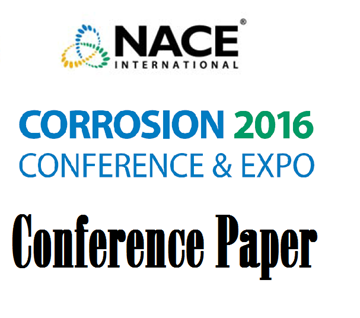Search
98456 DESIGN CONSIDERATIONS FOR A FIBERGLASS, FIELD ERECTED, CLOSED-CIRCUIT COOLING TOWER
Also Purchased
98452 MODIFICATION OR REPAIR OF FIBERGLASS REINFORCED PLASTIC (FRP) STRUCTURES
Product Number:
51300-98452-SG
ISBN:
98452 1998 CP
$20.00
98465 APPLICATIONS OF FIBERGLASS REINFORCED PLASTICS IN THE PULP AND PAPER INDUSTRY
Product Number:
51300-98465-SG
ISBN:
98465 1998 CP
$20.00
51316-7151-Recycled Waters for Cooling Tower Water Systems- Good Idea or Bad- What You Need to Know
Product Number:
51316-7151-SG
ISBN:
7151 2016 CP
Publication Date:
2016
$20.00




